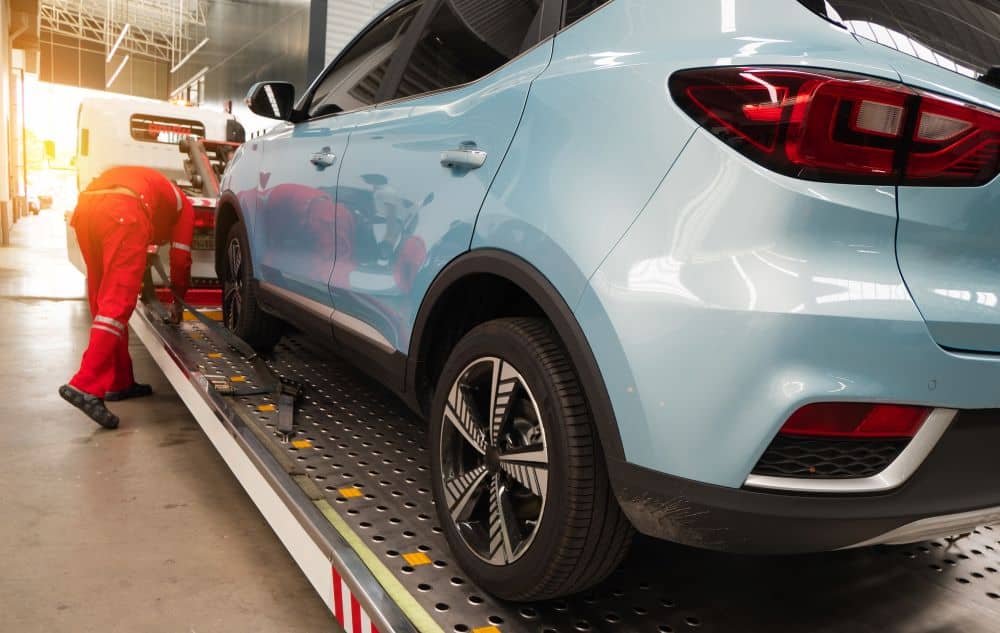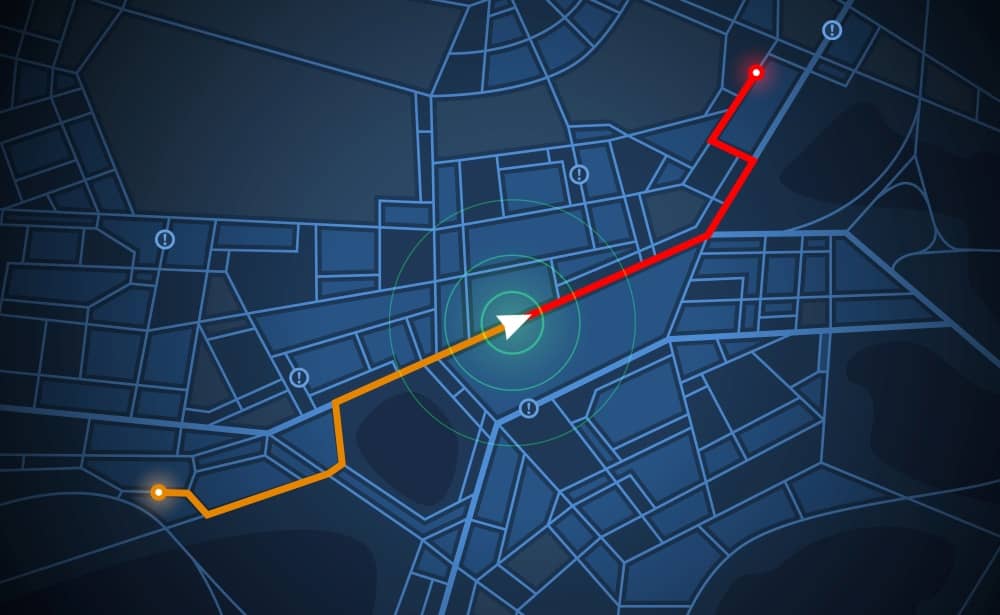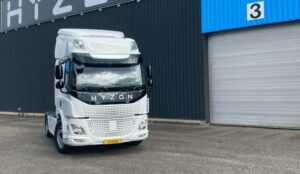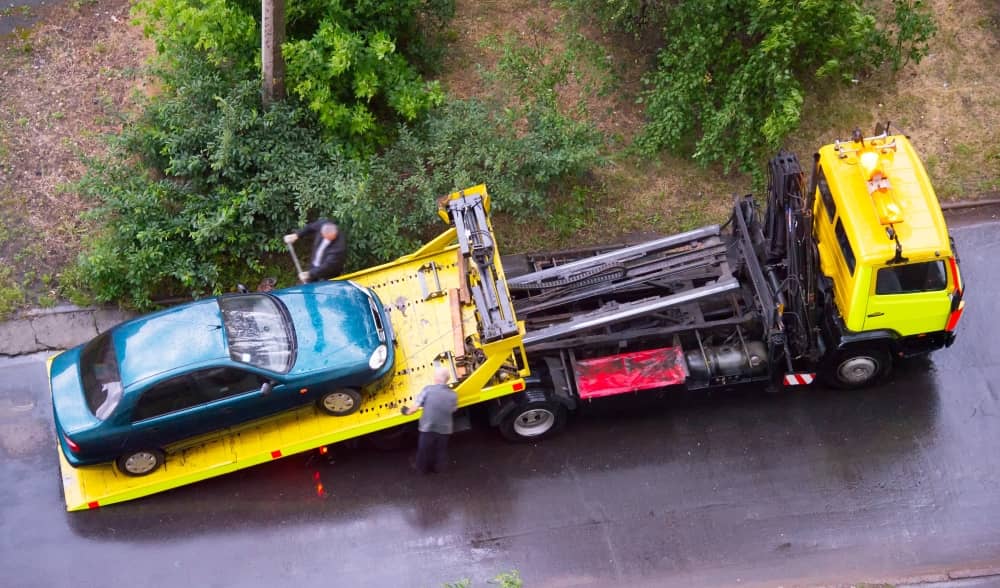Here in Sydney, tow truck drivers are always in high demand. Towing offers plenty of services, including getting vehicles out of trouble in an emergency. When the battery is drained, you may turn to a towing company to get a jump start. Whatever your towing requirements may be, you can get it immediately, even in deserted areas, for an affordable price.
Like any industry, technology has affected towing in more ways than one. Technological advancements are growing exponentially, which paved the way for towing equipment and accessories to become available. Many of them were unheard of not too long ago. Now, they are used by a handful of towing businesses to make their jobs easier.
In this blog we discuss some new technologies in the tow truck industry.
New and Current Towing Technologies
Most towing developments involve towing pieces, including improved hitch balls, tie-downs, lights, couplers, and ball mounts. Many companies like SoundOff Signal, ANC Distribution, and Whelen, among others, aim to help make towing easier. Their new products are designed for tow truck drivers so that they can do more of their job safely, efficiently and quickly.
Some of these products are:
- Wireless Lighting Monitors: Tow truck lighting is significant. If one is malfunctioning, it could become a problem, especially on the road. When installed in a tow truck or trailer, a smart wireless lighting monitor can detect faulty lights instantly. It’s incredibly useful and saves plenty of time. When towing service is required, you will immediately know the condition of the truck’s lights without needing to check them one by one. Additionally, it’s particularly handy when you’re on the road as it detects a lighting problem, allowing you to immediately pull over and fix it.
- Enhanced Weight Distribution Systems: For heavy loads like heavy-duty vehicles and equipment, the weight distribution system will help you immensely. It comes with spring bars, shanks, and hitch heads and will easily redistribute the weight of the load you’re towing across the trailer’s axles. Therefore, you have a more stable vehicle, which makes driving easier and safer.
- Cargo Door Locks: Yes, door locks are nothing new. However, technology has enabled the improvement of these devices. You can find cargo door locks made of aircraft aluminium material so that you can protect your load, tools, and other investments.
- Adjustable Ball Mounts: With an adjustable ball mount, your trailer retains balance no matter what you’re carrying. It’s a device that works like a jack, which raises or lowers the trailer ball’s height.
- GPS Tracking: Combining GPS tracking and dispatch software will let tow truck drivers arrive at the scene quickly. Dispatchers can communicate instantly and constantly with drivers closest to the customer requiring assistance. Real-time traffic feed allows dispatchers to create or determine routes that can reduce travel time so the drivers reach the customer as quickly as possible.
- HD Cameras for Digital Documentation: Many towing companies now use high-definition cameras to save and access footage of the vehicle’s condition before hooking it up with the tow truck. Some trucks even have cameras directly connected to the towing headquarters. Granted, not everyone still uses this technology as part of their standard operating procedures. However, it’s surely helpful, particularly in allowing companies to create real-time documentation. Towing businesses can use video footage to prevent unscrupulous damage claims from customers.
- Payment Systems: A few years back, towing companies only accepted cash. Many still operate purely cash, but the business model has moved to digital technology. It’s not only beneficial for the customers but also for the tow truck drivers and the whole business itself. With the ability to transfer and receive funds online, towing has become more financially painless. Some customers, especially those dealing with roadside difficulties, may not have cash. With digital payment set up, the towing company offers a practical solution for both their business and the customer.
New technologies and products for the towing industry make every tow truck driver’s life much easier.
Other developments are more focused on reducing service wait times, property loss, reporting levels, and accountability. The goal is to increase the number of happy customers. Towing companies can also use custom-built apps integrated with off-the-shelf solutions through component-based architecture.
Typically, businesses partner with technology service providers to utilise GPS-based tracking more efficiently whilst keeping records efficiently. The result is the elimination of paper trails, radio dispatches, and even numerous phone calls.
As we know, technology is not cheap. However, it is well worth an investment, especially in the towing industry. A good company should be willing to become more efficient by using newer technologies despite incurring huge costs. It helps in providing better towing services to the customers.
Are Driverless Tow Trucks a Possibility?
Driverless vehicles are gaining popularity around the world. In China, buses that rely on computers have been on the road since 2015. A human driver does sit behind the wheel, but they don’t operate the vehicle at all. They are merely there to oversee the process and bolster safety.
London’s Docklands Light Railway operates without human help, including the trains. Addison Lee, a taxi service company in the city, conducted a few trials involving autonomous driving technology. There were no accidents since the beginning of the tests, which bode well for those looking forward to driverless taxi operations.
Scotland is also looking into the technology. The plan is to have driverless buses which can traverse the roads of Fife to Edinburgh. The buses will travel 22.5km (14 miles) and can carry more than 40 passengers at a time. They will also complete about 1,000 weekly trips.
With all these driverless operations, why not expand to towing? It’s always a possibility; many believe autonomous towing can help the industry in various aspects. However, towing is quite complex and not similar to standard driving practices.
On its own, towing is an edge use case. It creates several edge problems for the AI because the vehicle, trailer, and load should all be considered. A successful self-driving operation for towing means the artificial intelligence should be able to operate the car whilst taking the status of the load and vehicle simultaneously. The job does not end there, as the AI also has to adjust to the changing dynamics of the mentioned components.
Although complex, there is always a fix, thanks to the technological developments we see in the towing industry. As we get closer to an automated future, the self-driving truck should determine if towing is achievable before proceeding with the task.
That means the following must first be assessed:
- Vehicle size
- Load weight
- Road condition
If towing is determined to be safe, the driverless truck can start its operation. It involves calculating the most suitable way to tow about the travel speed, turning radius, and braking distance, amongst others. Otherwise, the AI will look for an alternative solution or simply cancel the task.
Are Hydrogen-Powered Tow Trucks the Next Big Thing?
In Australia, trials spearheaded by the Nationwide Group, a subsidiary of the Royal Automobile Club of Victoria (RACV), for hydrogen-powered trucks were announced at the beginning of the year. The experiment is scheduled to commence towards the end of 2022 and will involve three locally manufactured Hyzon tow trucks. Hyzon is focusing on hydrogen-powered or fuel cell electric vehicles (FCEVs) to compete with conventional internal combustion vehicles. FCEVs don’t produce tailpipe emissions; they only emit warm air and water vapour.
Currently, battery electric vehicles (BEV) are leading in the passenger car and light truck sectors. Hyzon aims to determine if FCEV can remain viable as a heavy truck, especially with essential requirements in fuel availability and green credentials. The trial will help establish if FCEVs can be a valuable alternative to the dominant BEV.
What Future Towing Technology Means for Breakdowns and Accidents
In 2016, Nissan introduced Intelligent Vehicle Towing (IVT). This vehicle towing system autonomously tows trolleys carrying loads from loading to unloading points. The towing cars operating at Nissan’s Oppama (Japan) Plant have laser scanners and cameras that detect lane markings and potential hazards.
Fast forward to 2022, Toyota has recently unveiled its hitch-free towing technology. Also called hitchless towing, this new concept involves two vehicles. A human driver drives the lead car; the other is a trailer with no physical connection to the first vehicle. Although still in its infancy, the technology can potentially help customers who often tow loads, especially in congested urban areas. It may also be helpful for people looking to move to another house as it can save them from needing to rent a moving truck.
But what do these technological improvements mean to the towing industry?
We cannot deny that technology has helped solve several issues in various sectors, including towing. That’s why smart companies take advantage of innovative devices and tactics that could further improve their service.
Here are some examples:
- Using telematics allows towing companies to keep track of the location of their tow trucks. Therefore, it is easier for them to inform clients about the location of the tow truck. This ability is often helpful in cases where an individual needing roadside assistance demands updates whilst waiting for the car to arrive.
- Telematics systems also enable drivers to send footage or images from the scene in case of a crash or accident. It’s a much quicker alternative to handling such situations than calling a dispatcher to get information to locate the vehicle.
- Some companies use GPS tracking technologies to monitor and get real-time updates regarding their whereabouts. It improves transparency whilst facilitating recoveries and even accident prevention.
The uses do not end here, as the future of towing technology is predicted to lean heavily towards a faster, safer, and driverless service. You may have already witnessed it with the frequency of drone use, which allows tow truck drivers to tow vehicles without leaving their cars. With such an advantage, drivers are not exposed to dangerous conditions that would make them vulnerable.
Drones also aid in transporting people to hospitals and can be used to monitor traffic, deliver packages, and view infrastructure damage.
An onboard crane is also predicted to be a part of the future of towing technology. It will be utilised to lift heavy vehicles from ravines, ditches, or other difficult-to-reach locations.
But what about autonomous trucks? Safety is of paramount importance, not only for the customers but the drivers, as well. The goal in the implementation of driverless tow trucks is to give more focus on other significant tasks, including:
- Improving freight logistics
- Solving truck driver shortages
- Maximising fuel efficiency
- Increasing road safety
As you may know, over 57% of road accidents in Australia are caused by human error, which is also a known contributor to over 90% of these unfortunate circumstances. That’s a huge percentage compared to mechanical faults (2.4%) and environmental factors (4.7%). Autonomous driving can help reduce truck driver and pedestrian fatalities by lowering the possibility of impaired and distracted driving.
And with the possible adoption of autonomous driving in the towing industry, businesses can do their part to help the environment. The newer vehicles are believed to be about 10% more fuel efficient than their older counterparts. There’s also an emphasis on swapping fuel-powered vehicles with electric and hybrid cars since they have a smaller carbon footprint.
We have seen the evolution of tow trucks, from merely towing vehicles to transporting essential loads from one point to another. They are now called upon to move heavy equipment and carry boats. Because of technology, devices such as air brakes, winches, power steering, and weight distribution systems are around to make towing easier in a variety of situations.
Towing technology has indeed become a key component in the towing industry. As with any technology, it is constantly evolving. Wherever these new advancements take us, you can always count on Fast Sydney Towing to stay on top of towing technologies that can improve towing safety, productivity, and efficiency.




